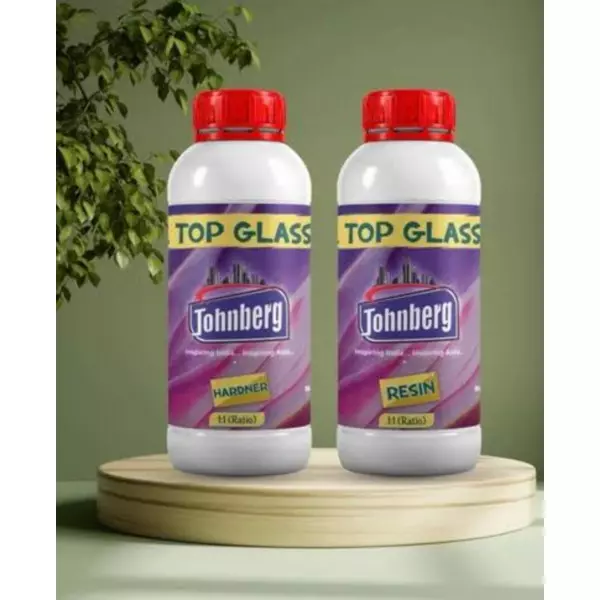- Home
- About Us
- Products
- Resin Furniture
- 3D Epoxy Flooring Service
- Resin Table Top
- Wooden Epoxy Resin Table Top
- Metallic Epoxy Flooring Service
- Conception Chemical Consultants
- Chemical Consultancy For Construction
- Construction Chemical Consultant
- Tile Grout
- Foundation Grout Consultant
- Paver Block Chemical Consultant
- Waterproofing Chemical Consultant
- Epoxy Pigment Consultant
- Heat Reflective Coating
- Water Repellent Coating
- Epoxy Grout
- Chemical Consultant
- Industrial Chemical
- Construction Chemical
- Epoxy Resin
- Epoxy Coating
- Polyester Resin
- Joint Sealants
- Cristal Clear Epoxy Resin And Hardner
- Construction Chemicals
- Polycarboxylate Ether And Liquid
- Solvent Cement
- Tile Protection Sheet
- Water Reducing Superplasticizer
- Epoxy Resin And Hardeners
- Two Component Waterproof Coating
- Epoxy Floor Coatings
- Casting Resin
- Sbr Latex Polymer
- Epoxy Grout Formulations
- Epoxy Resin Tabletops
- Tile Spacers
- Tile Levelling Spacers
- Industrial Night Vision Epoxy Grout
- Sbr Latex
- Johnberg Marble Polishing Liquid
- Acrylic Elastomeric Coating
- Weber Tile Adhesives
- Decorative Arts
- Resinic Crafts
- PU Flexible Tile Adhesive
- Resin Pressed Flowers
- Dry Pressed Flower
- Epoxy Putty
- Resin Furniture
- Services
- Updates
- Gallery
- Contact Us
Epoxy Resins Manufacturers In Jamnagar
Details of Epoxy Resins
Epoxy resin is a versatile class of reactive polymers and prepolymers that, when mixed with a hardener (also called a curing agent), undergoes a chemical reaction to form a strong, durable, and chemically resistant material. Here's a detailed overview:
Basic Composition
Resin Component: Usually made from epichlorohydrin and bisphenol-A (BPA), although variations exist.
Hardener (Curing Agent): Often amines, anhydrides, or thiols, which trigger the curing (cross-linking) process.
Mix Ratio: Typically 1:1 or 2:1 resin to hardener by volume or weight, depending on the formulation.
Key Properties
Property Details
Adhesion Excellent bonding to a variety of materials (metal, wood, concrete, glass, plastics).
Chemical Resistance Resists many solvents, acids, and alkalis.
Mechanical Strength High compressive, tensile, and flexural strength.
Electrical Insulation Good insulator, widely used in electronics.
Thermal Stability Can withstand moderate heat (up to ~150°C or more for high-temp epoxies).
Durability UV-resistant variants available; otherwise may yellow over time in sunlight.
Curing Process
Exothermic Reaction: Curing generates heat; thicker pours may overheat if not carefully controlled.
Cure Time: Ranges from minutes to hours, or even days, depending on formulation and temperature.
Post-Curing: Heating cured epoxy can improve strength and heat resistance.
Types of Epoxy Resins
Bisphenol-A Epoxy Resin (DGEBA): Most common type; general-purpose.
Bisphenol-F Epoxy Resin: Lower viscosity, better chemical resistance.
Novolac Epoxy Resin: High thermal and chemical resistance.
Cycloaliphatic Epoxy Resin: Used for electrical insulators; UV resistant.
Applications
Sector Uses
Construction Flooring, grouts, adhesives, crack repair, coatings.
Electronics PCB coatings, potting compounds, insulators.
Aerospace & Automotive Lightweight composites, adhesives.
Marine Boat building, waterproof coatings.
Arts & Crafts Jewelry, casting, river tables, decorative coatings.
Industrial Molds, tooling, chemical-resistant linings.
Pros & Cons
Advantages:
Strong and durable
Excellent adhesion
Resistant to water, chemicals, and corrosion
Transparent or tinted finish
Electrical insulation properties
Disadvantages:
Can yellow with UV exposure (unless stabilized)
Brittle under certain conditions
Requires careful mixing and curing
Toxic fumes before curing – needs proper ventilation
Difficult to remove once cured
Safety Precautions
Use Gloves & Eye Protection: Prevent skin and eye contact.
Ventilation: Work in well-ventilated area to avoid inhaling fumes.
Respirator: Recommended for large projects or enclosed spaces.
Disposal: Follow local hazardous waste regulations for disposal.
Offered Product
Epoxy Resins
BrandJohnbergUsage/ApplicationAdhesivesPackaging Size220Kg.FormLiquidTypeUnmodifiedStandardENClassificationBisphenol APackaging TypeDrumShelf Life12 MonthsMixing Ratio2:1I Deal InNew OnlyColorClearCategoriesAdhesives & SealantsGradeIndustrial GradeCountry Of OriginMade In Indiause For Casting And Coating Application . Highly Use In Paint, Coating, Tabletop Making, Art And Craft Industry... Read moreTop Epoxy Resin Brand In India
An Epoxy Resin Manufacturing Plant Is A Facility That Produces Epoxy Resins, Which Are Widely Used In Adhesives, Coatings, Electrical Components, And Composite Materials. The Process Involves The Polymerization Of Epoxide Compounds With Curing Agents To Produce A Hard, Durable Resin. Here Are The Key Components Involved In An Epoxy Resin Manufacturing Plant:1. Raw Material Supply:Epoxide Compounds (like Bisphenol-A Or Epichlorohydrin)Curing Agents (such As Amines, Anhydrides, Or Polyamides)Sol Continue


